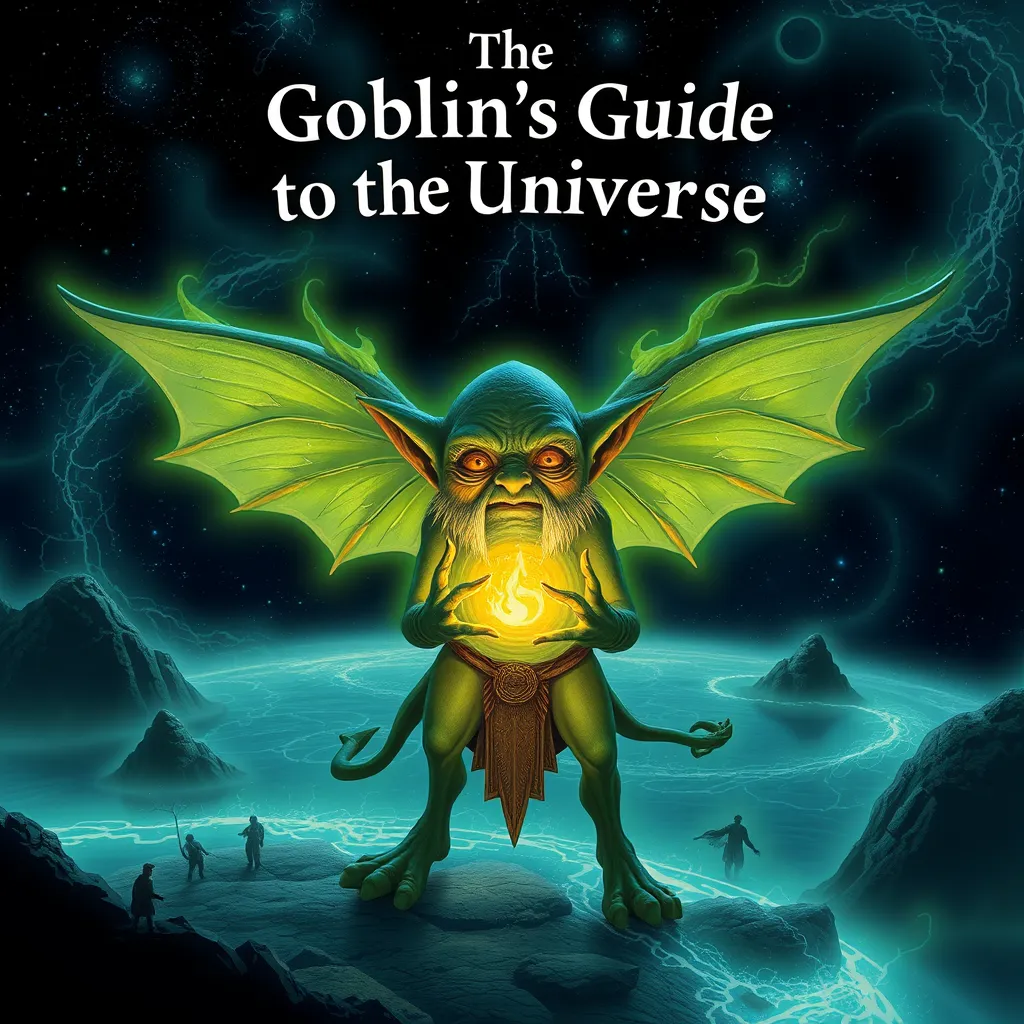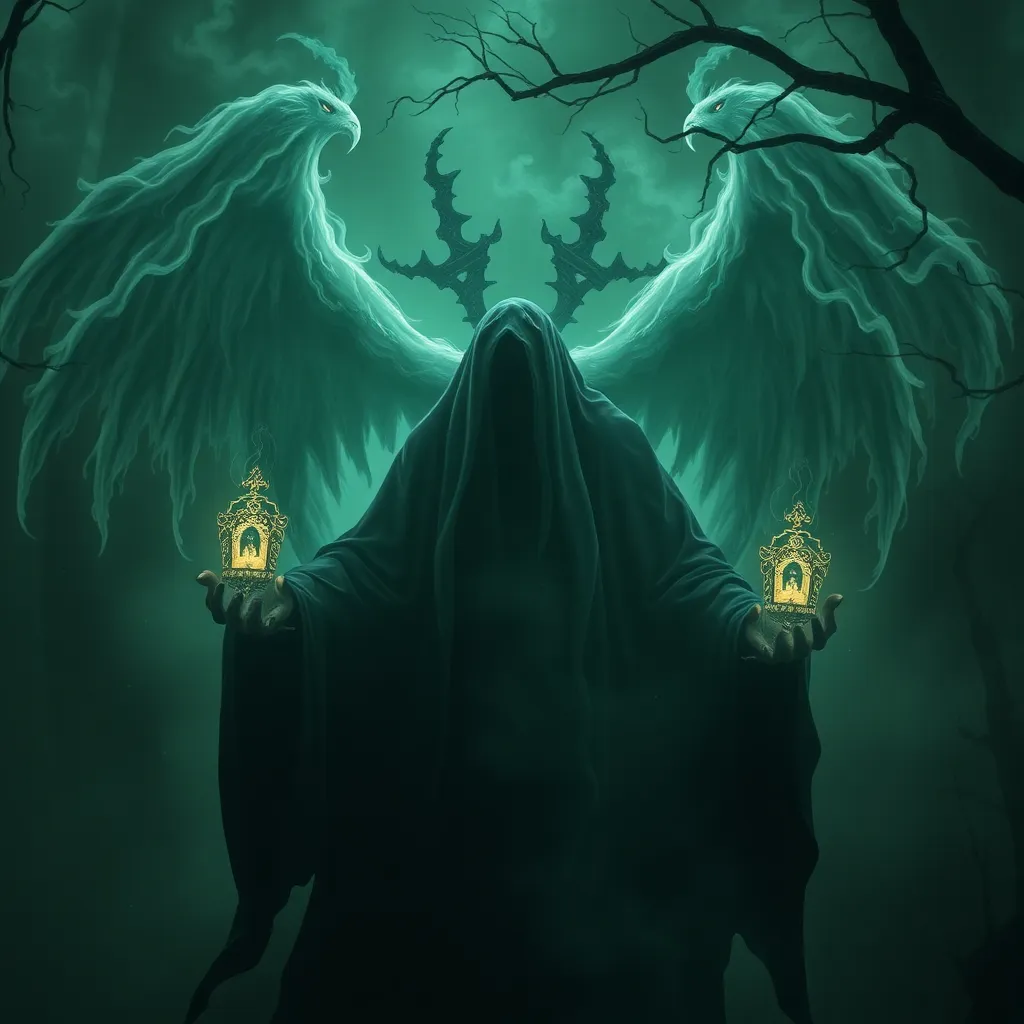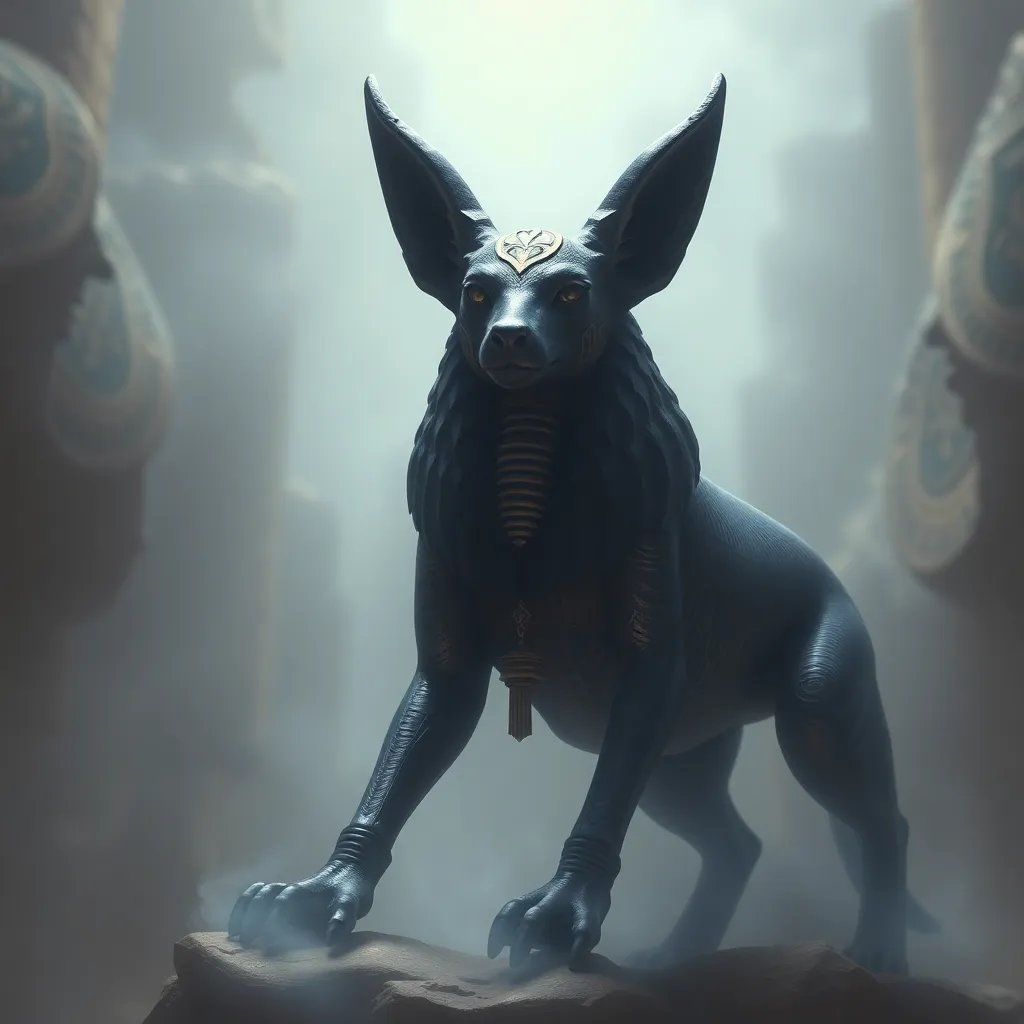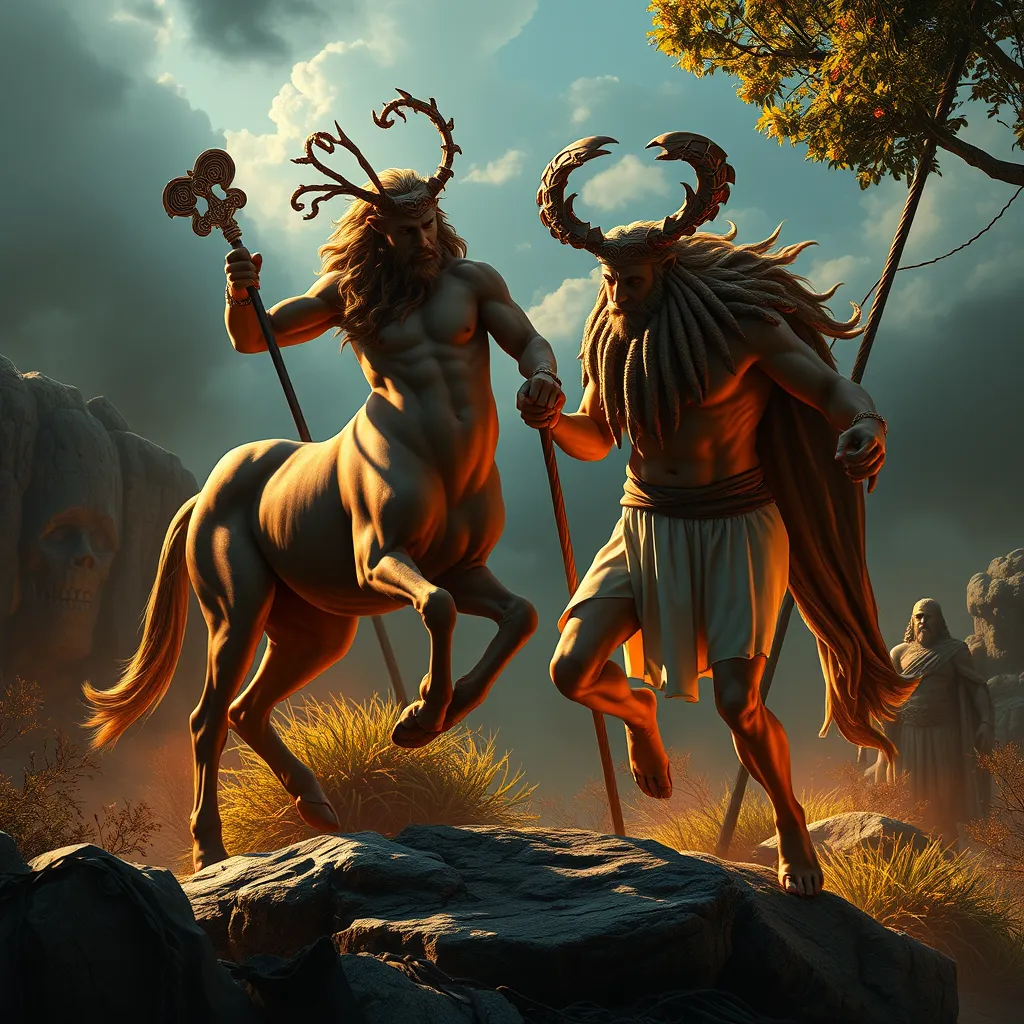The Goblin’s Guide to the Universe: The Goblin’s Place in the Grand Scheme of Things
I. Introduction
Goblins have been a part of human mythology and folklore for centuries, often depicted as mischievous creatures with a knack for causing trouble. Their origins can be traced back to various cultures, each contributing to the rich tapestry of goblin lore. This article aims to explore the significance of goblins in the universe, examining their historical roots, cultural representations, and philosophical implications.
II. The Origins of Goblins
A. Historical context and evolution of goblin mythology
The concept of goblins dates back to medieval Europe, where they were often portrayed as small, grotesque beings that dwelled in the shadows. Initially, they were seen as malevolent entities, responsible for mischief and mayhem. Over time, however, their portrayal evolved, reflecting changing societal attitudes and beliefs.
B. Regional variations in the depiction of goblins
Across different cultures, goblins take on various forms and characteristics:
- English Folklore: Goblins are often depicted as small, green-skinned creatures known for their trickery.
- Germanic Traditions: Here, they are sometimes associated with household spirits, known as “Kobolds,” who assist with chores.
- Asian Mythology: In Japan, the “Tengu” are goblin-like beings, often depicted as protectors of the mountains.
III. Goblins in Popular Culture
A. Representation in literature, film, and video games
In contemporary culture, goblins have found their way into various mediums, from literature and film to video games. They are often depicted as comical sidekicks, cunning adversaries, or even misunderstood anti-heroes.
B. The shift in perception: from villains to complex characters
As narratives have evolved, so too has the portrayal of goblins. No longer mere villains, they are now often shown as complex characters with their own motivations and struggles. This shift allows audiences to empathize with them, adding depth to their role in stories.
IV. The Goblin’s Role in Fantasy Ecosystems
A. Goblins as tricksters and their impact on narratives
Goblins are quintessential tricksters within fantasy ecosystems, embodying chaos and unpredictability. Their actions can drive the plot forward, creating conflict and challenges for the protagonists. This trickster archetype serves to highlight the balance between order and chaos in storytelling.
B. Their relationships with other mythical creatures
Goblins frequently interact with other mythical beings, such as:
- Elves: Often portrayed as rivals, they represent the dichotomy between nature and civilization.
- Dwarves: Goblins are sometimes depicted as adversaries to dwarven clans, competing for resources.
- Dragons: In many tales, goblins serve as minions or servants to more powerful creatures, showcasing their cunning and resourcefulness.
V. Goblins and Human Society
A. Symbolism of goblins in relation to human fears and desires
Goblins often symbolize humanity’s fears and desires, reflecting societal anxieties regarding the unknown and the chaotic aspects of life. They can represent:
- The fear of the other and the unknown
- Desires for wealth and power, often depicted through their association with treasure
- The darker sides of human nature, such as greed and deception
B. The role of goblins in social commentary and satire
Through satire and social commentary, goblins serve as a mirror for society, critiquing human behavior and societal norms. They provide a vehicle for exploring themes of class struggle, morality, and the consequences of unchecked ambition.
VI. The Goblin’s Place in the Cosmic Order
A. Philosophical implications of goblins in the universe
Philosophically, goblins challenge the notions of good and evil, chaos and order. Their existence raises questions about:
- The nature of morality: Are goblins inherently evil, or do they simply reflect the darker aspects of humanity?
- The role of chaos in the universe: Can chaos lead to growth and transformation?
B. Goblins as a metaphor for chaos and order in existence
In a broader cosmic context, goblins symbolize the balance between chaos and order. They remind us that chaos can be a source of creativity and change, urging us to embrace uncertainty as a vital part of existence.
VII. Lessons from Goblin Lore
A. Morals and teachings derived from goblin stories
Goblins impart valuable lessons through their tales, often emphasizing morals such as:
- The importance of cleverness and adaptability
- The consequences of greed and selfishness
- The value of community and cooperation
B. How goblin tales resonate with contemporary issues
In today’s world, goblin stories resonate with contemporary issues, reflecting ongoing struggles with social justice, environmental concerns, and the complexities of human relationships. They remind us of the importance of empathy and understanding in a chaotic world.
VIII. Conclusion
In conclusion, goblins hold a significant place in the grand scheme of things, embodying the complexities of human nature and the universe itself. Their multifaceted nature allows us to explore profound themes of morality, chaos, and the human condition. By embracing the lessons from goblin lore, we can gain a deeper understanding of ourselves and the world around us.



